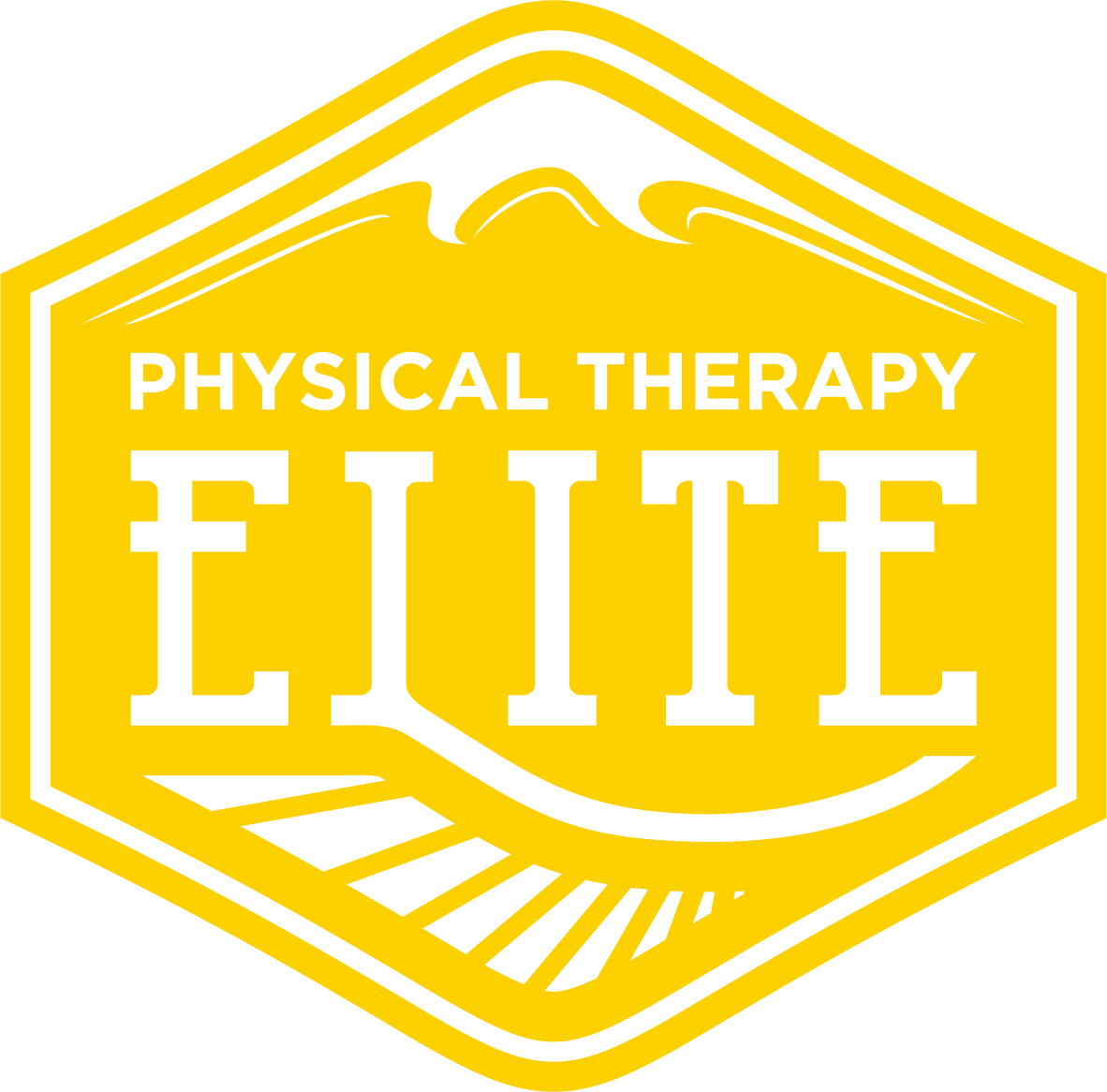As the seasons change, so do our sports. We trade hiking boots, running shoes and mountain bikes for skis and boards. As we transition into new sporting ventures and embark on new adventures, it is important to recognize the opportunity for injury and do what we can to minimize that risk.
Specificity of sport. This is the key to any training regime and injury prevention program. Downhill skiing and boarding occurs...on a downhill! How often to we perform our strength and stability training standing on a decline! The added quad demand and need for hip and ankle stability is magnified when on a decline.
Here is one example of how to get creative with your training.
1. Step-ups on wedge:
When skiing and boarding, the feet are fixed yet a tremendous amount of force and movement is occurring throughout the rest of the body. This is often how ligament injuries in the knee occur. Thee feet are fixed, the upper body is moving and the knees, if lacking neuromuscular strength and stability, will structurally fail.
*Neuromuscular strength and stability refers to not only the inherent muscular strength to sustain load but also the quickness and preciseness with which the body can respond to load and change.
Here is a combination of strength, endurance and dynamic stability.
2. Single Leg Squat hold on wedge doing our Swimmer Series.
Lastly, all the strength and skill in the world won’t get you through to that last run if endurance is lacking. ENDURANCE. Endurance is not giving way. Endurance is great physical stamina. Endurance ensures that you finish out the day still having fun and not at an increased risk for injury.
3. Bosu Squat and Hold with side to side rocking on decline tilt. If you board, try it rocking front to back - in your boots!



